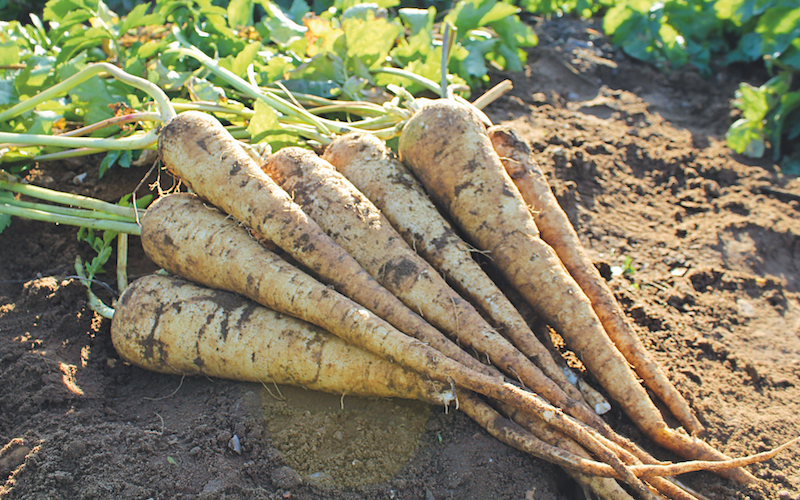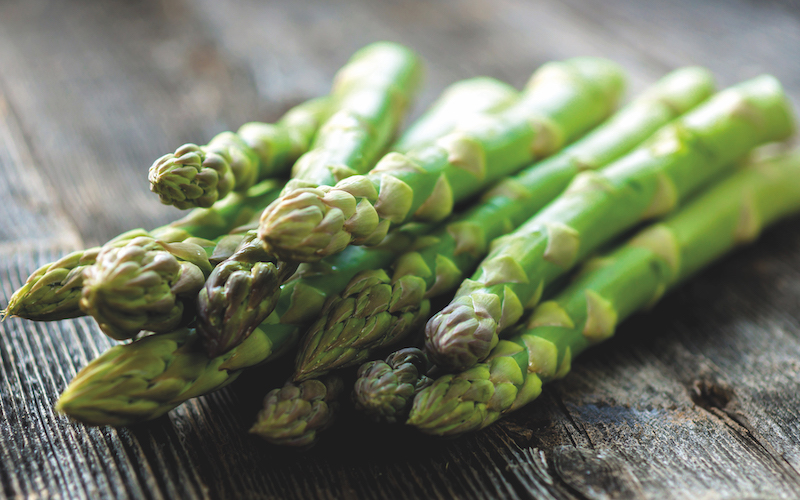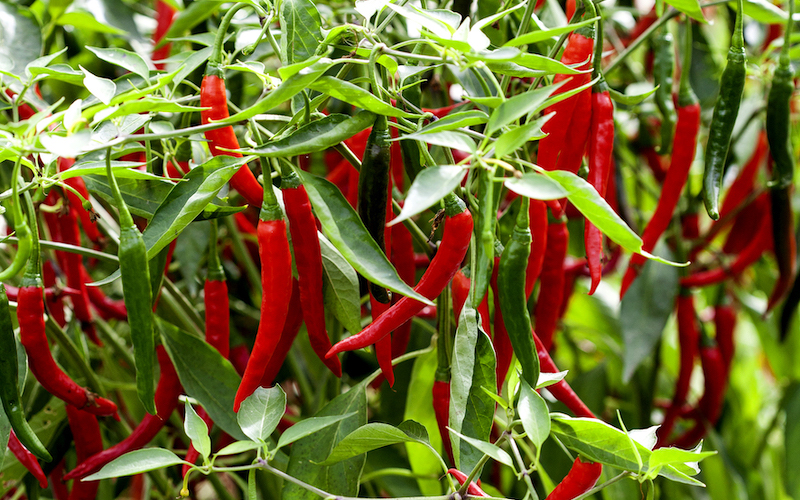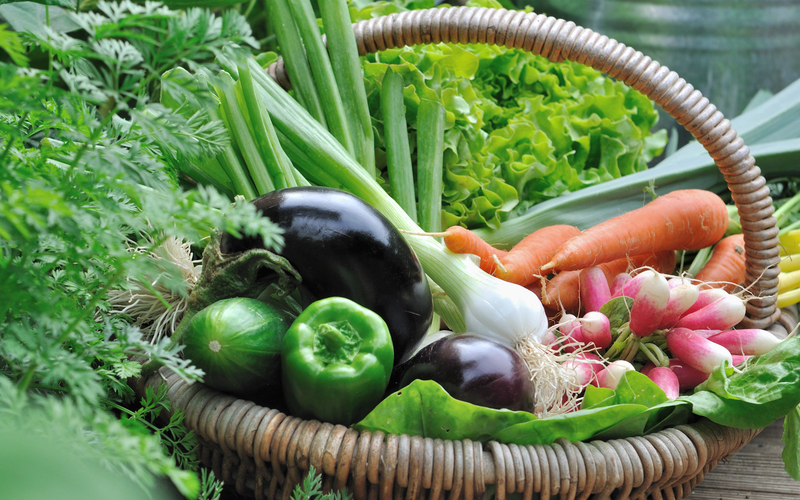Most foods are best eaten fresh but many of us will still be harvesting and storing vegetables. So, if you really can’t face chopping another tomato, stuffing another courgette or peeling another onion then here’s some help.
Harvesting vegetables

Image: Parsnip Seeds – F1 Panorama from Suttons
Whilst watering and feeding your plants keep eye on their development. Unless you are entering monster veg classes at your local show it’s best to be harvesting and storing vegetables whilst they are in their prime. This usually means whilst they are still young and tender.
Water the plants the evening before and pick the veg early in the morning. Alternatively, harvest your veg on a cool evening. The key thing being not to pick during the heat of the day and to get the veg into a cool environment, such as the house, as soon as possible.
Vegetables will start to lose their vitamin levels as soon as they are picked so harvesting and storing vegetables is best done on the same day, where possible.
Storing & preserving vegetables

Image: Asparagus officinalis Mondeo from Suttons
Less than perfect veg really needs to be eaten fresh with only perfect, blemish free specimens being stored. Different methods of storage include:
Freezing vegetables
The following veg can all be blanched and frozen:
Drying vegetables
Some veg can simply be dried naturally and left in a cool dark place until needed. This includes:
Other veg, for example tomatoes, will need to be thoroughly dried, in the sun, oven or a dehydrator and then stored in oil.
Preserving & pickling vegetables

Image: Pepper Chilli Seeds – Longhorn F1 from Suttons
The term “preserve” covers jams, jellies, salsa, chutneys and pickles. Whole books have been devoted to the huge range of recipes available with ingredients including the following:
- Peppers
- Chillies
- Tomatoes
- Aubergines
- Onions
- Mushrooms
- Leeks
- Carrots
- Beetroot
- Artichokes
- Horseradish
- Cucumbers/Gherkins
- Marrows
- Courgettes
- Cabbages
- Cauliflower
- Beans
- Sweetcorn
Leaving vegetables in the ground
Leave winter veg such as sprouts, cabbage and leeks in the ground until needed. The same applies to root vegetables such as carrots and parsnips but these can also be lifted and stored in boxes of sand.
Using fruit & vegetables for brewing

Image: Rhubarb (Rheum) Champagne from Suttons
Wines and beers can be made from many vegetables. Beetroot and ginger is an old family favourite of mine. Other home-grown veg that can be fermented and supped includes:
- Broad beans
- Horseradish
- Carrots
- Chillies
- Courgettes
- Mint
- Beetroot
- Pumpkins
- Sweetcorn
- Parsnips
- Rhubarb
- Rosemary
- Bay
Lead image: sanddebeautheil-GETTYIMAGES
Last Updated on October 27, 2025 by Suttons Horticultural Team





Very nice list, I was looking for this kind of tip. Thank you for sharing